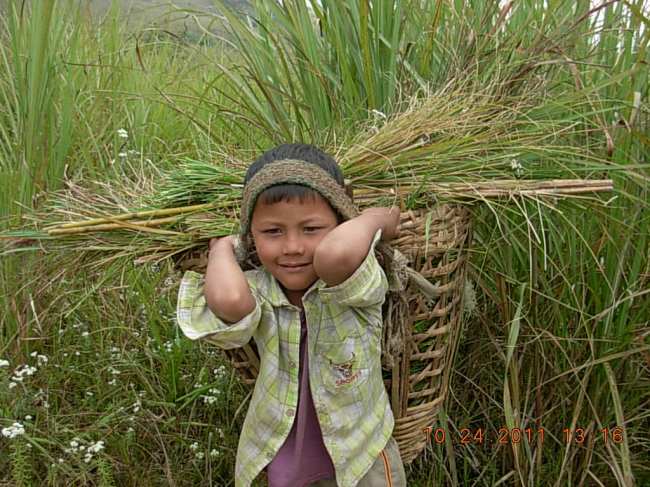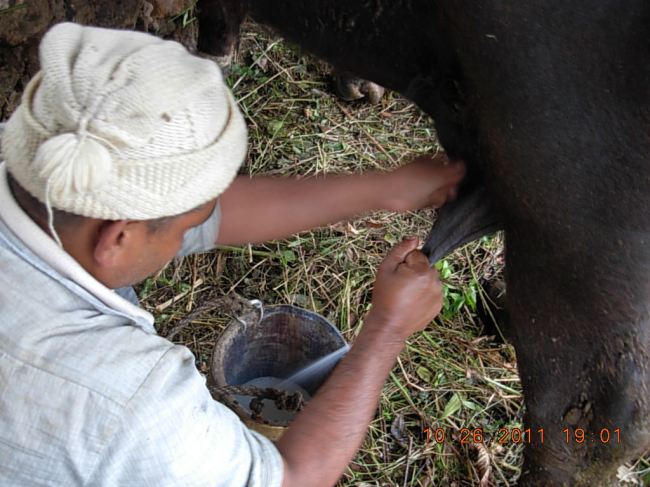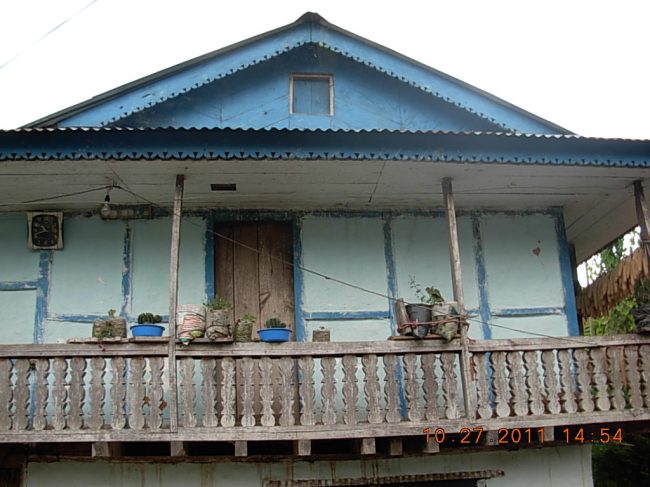Adventurous tourism in Nepal
Introduction
Mountaireeing
Para gliding
Peak climbing
Rafting
Trekking
Introduction
Adventure in Nepal
Nepal is a landlocked country in Southern Asia, between China and India. It is one of the most fascinating countries in the world with its natural beauty, rich cultural heritage, towering Pagodas, spectacular Himalayan Ranges with worlds highest peaks It contains eight of the world’s 10 highest peaks, including Mount Everest – the world’s tallest – on the border with Tibet.
Raging Rivers
River journeys in Nepal are electrifying and nerve thrilling. Your life flashes before you as you comfortably hurtle towards monster boulders and towering walls of water. Sunkoshi, Trisuli, Marshyangdi, Seti, Kali Gandaki and Karnali are the major rivers of Nepal, famous for Kayaking and White Water Rafting.
Spectacular Mountains
Want to experience the intense pleasure of being alive, aware and adventurous….set yourself to a trekking and mountaineering expedition to the abode mountains, Nepal.
God blessed Nepal with awe inspiring mountains and radiant snow peaks.
Himalayan Wildlife
Unleash yourself and play with elephants at Royal Chitwan national Park or observe the endangered snow leopards at the Sagarmatha national Park.
Mountaireeing in Nepal
We can organize expeditions on any of the summits listed here-after, providing mountain guides and other staff, who have been there and know the routes; according to the destination of your choice, we’ll send you detailed route information, as well as recommendations on technical equipment and the capacities required.
Rules of Climbing
Asking for climbing permission :
The following documents have to be sent to the Ministry of tourism, Mountaineering Division, Katmandu, Nepal.
Completed Application, Endorsement of the National Alpine Club.(if there is no Alpine Club, endorsement of the Government of your side), Short biography of all members of the expedition (with photograph), Map and/ or photograph of the mountain including climbing route. Approach route map.
Fast Facts
Everest, Kanchenjunga, Lhotse, Makalu, Cho Oyu, Dhaulagiri, Manaslu, Annapurna
Mountaineering Seasons
Spring (March/May), Summer (June/August), Autumn (September/November), Winter (December/February)
Source: “Nepal Tourism”
Para gliding
Paragliding in Nepal can be a truly amazing and fulfilling experience for the adventure seeker. Gliding is a weather dependent sports and the flying season in Nepal commences from November through February, the best months being November and December.
A trip will take you over some of the best scenery on earth, as you share airspace with Himalayan griffin vultures, eagles, kites and float over villages, monasteries, temples, lakes and jungle, with a fantastic view of the majestic Himalaya.
The takes off point for these flights is Sarankot (1592m.), which also offers prime views of Fewa lake and mountains at sunrise and sunset (provided the skies are clear) and the landing is by the Fewa lake.
Peak climbing in Nepal
Nepal has 1310 mountains and known as the Himalayan Kingdom (the major portion of the Mountain range.) This makes our country exceptionally popular for mountaineers. Nepal Mountaineering Association has had the authority to issue climbing permits for small-scale peaks, since 1978.
Thanks to our NMA membership, Unique Path Trekking can see to permitting without the previously complicated application process.
Our Guides are experienced high elevation mountaineers. They are trained to take you safely into the thin air region of the majestic Himalayas. They are particularly concerned about the acclimatization process.
Unlike certain other organizers, we only dispatch guides who are have summit experience on your target mountain.
Source: “Nepal Tourism”
Rafting in Nepal
River journeys in Nepal are a unique experience. First time white-water rafters and experienced kayakers find traveling in Nepal by river offers spectacular views and interaction with centuries-old cultures
Whether you choose an exhilarating, inspirational expedition or a relaxing float with the entire family, we promise to deliver Nepal’s Ultimate Descents.
Nepal – an introduction
If you have never been on a river journey in Nepal before, you’re in for an amazing experience. Very little in Nepal resembles life anywhere else in the world.
This is a place of deep religious customs, the most radical topography on earth, and one of the least developed infrastructures in the world. Most of the populations of Nepal are subsistence farmers, living many days walk from the nearest road.
There is no better way to see Nepal than on a river trip, which by its very nature is the essence of escapism. Be warned – once you start on this journey, it may be hard to quit.
Major Rafting Rivers
Trisuli, Sunkoshi, Marshyangdi, Seti, Kali Gandaki, Karnali
Source: “Nepal Tourism”
Trekking in Nepal
Whether you begin your trek at a roadhead or fly into a remote mountain airstrip, a large part of it will be in the Middle Hills region at elevations between 500 and 3000 metres. In this region, there are always well-developed trails through villages and across mountain passes.
Even at high altitudes there are intermittent settlements used during summer by shepherds, so the trails, though often indistinct, are always there.
You can easily travel on any trail without the aid of ropes or mountaineering skills. There are rare occasions when there is snow on the trail, and on some high passes it might be necessary to place a safety line for your companions or porters if there is deep snow. Still, alpine techniques are almost never used on a traditional trek. Anyone who has walked extensively in the mountains has all the skills necessary for an extended trek in Nepal.
A Trek Requires Physical Effort
A trek is physically demanding because of its length and the almost unbelievable changes in elevation. During the 300-km trek from Jiri to Everest base camp and return, for example, the trail gains and loses more than 9000 metres of elevation during many steep ascents and descents. On most treks, the daily gain is less than 800 metres in about 15 km, though ascents of as much as 1200 metres are possible on some days.
You can always take plenty of time during the day to cover this distance, so the physical exertion, though quite strenuous at times, is not sustained. You also can stop frequently and take plenty of time for rest.
Most popular treks in Nepal
Annapurna Circuit Trekking, Annapurna Base Camp Trekking, Jomsom Trekking, Ghorepani Trekking, Everest Base Camp Trekking, Everest Kalapattar Trekking, Gokyo Lake Trekking, Gokyo Cholapass EBC Trekking, Gosaikunda Trekking, Manaslu Trekking, Upper Mustang Trekking
Source: “Nepal Tourism”


